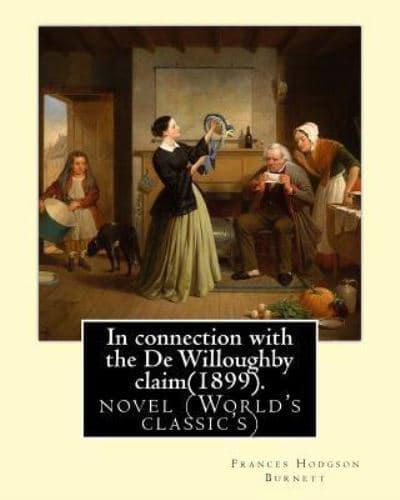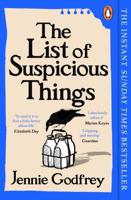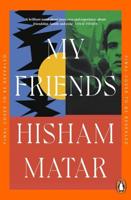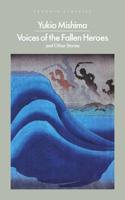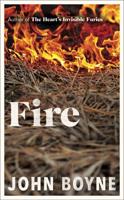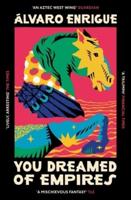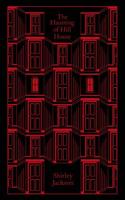Publisher's Synopsis
Frances Eliza Hodgson Burnett (24 November 1849 - 29 October 1924) was an English-American novelist and playwright. She is best known for the three children's novels Little Lord Fauntleroy (published in 1885-1886), A Little Princess (1905), and The Secret Garden (1911). Frances Eliza Hodgson was born in Cheetham, England. After her father died in 1852, the family fell on straitened circumstances and in 1865 immigrated to the United States, settling near Knoxville, Tennessee. There Frances began writing to help earn money for the family, publishing stories in magazines from the age of 19. In 1870, her mother died, and in 1872 Frances married Swan Burnett, who became a medical doctor. The Burnetts lived for two years in Paris, where their two sons were born, before returning to the United States to live in Washington, D.C., Burnett then began to write novels, the first of which (That Lass o' Lowrie's), was published to good reviews. Little Lord Fauntleroy was published in 1886 and made her a popular writer of children's fiction, although her romantic adult novels written in the 1890s were also popular. She wrote and helped to produce stage versions of Little Lord Fauntleroy and A Little Princess.Burnett enjoyed socializing and lived a lavish lifestyle. Beginning in the 1880s, she began to travel to England frequently and in the 1890s bought a home there where she wrote The Secret Garden. Her oldest son, Lionel, died of tuberculosis in 1890, which caused a relapse of the depression she had struggled with for much of her life. She divorced Swan Burnett in 1898, married Stephen Townsend in 1900, and divorced him in 1902. A few years later she settled in Nassau County, Long Island, where she died in 1924 and is buried in Roslyn Cemetery. In 1936 a memorial sculpture by Bessie Potter Vonnoh was erected in her honour in Central Park's Conservatory Garden. The statue depicts her two famous Secret Garden characters, Mary and Dickon. Childhood in Manchester Frances Eliza Hodgson was born in 1849 at 141 York Street in the Cheetham Hill township of the Borough of Manchester, England. She was the third of five children of Edwin Hodgson, an ironmonger from Doncaster in Yorkshire, and his wife Eliza Boond, from a well-to-do Manchester family. Hodgson owned a business in Deansgate, selling quality ironmongery and brass goods. The family lived comfortably, employing a maid and a nurse-maid.Frances was the middle of the five Hodgson children, with two older brothers and two younger sisters. In 1852 the family moved to a more spacious home with greater access to outdoor space.Barely a year later, with his wife pregnant for a fifth time, Hodgson died of a stroke, leaving the family without income. Frances was cared for by her grandmother while her mother took over running the family business. From her grandmother, who bought her books, Frances learned to love reading, in particular her first book The Flower Book which had coloured illustrations and poems. Because of their reduced income, Eliza had to give up their house and moved with her children to Seedley Grove, near Pendleton; there they lived with relatives in a home that included a large enclosed garden, in which Frances enjoyed playing. For a year Frances went to a small school run by two women, where she first saw a book about fairies. When her mother moved the family to Salford, Frances mourned the lack of flowers and gardens. Their home was located in Islington Square, adjacent to an area with severe overcrowding and poverty, that "defied description", as described by Friedrich Engels who lived in Manchester at the time.
